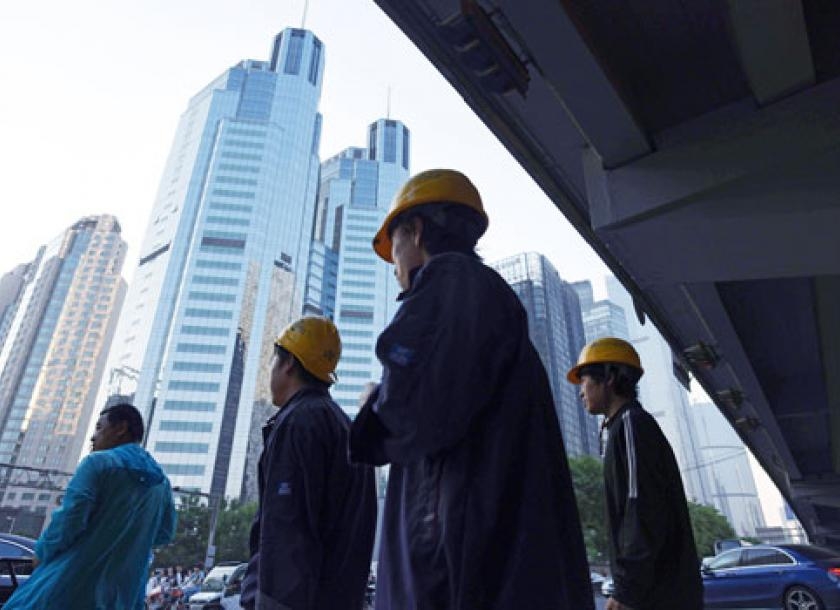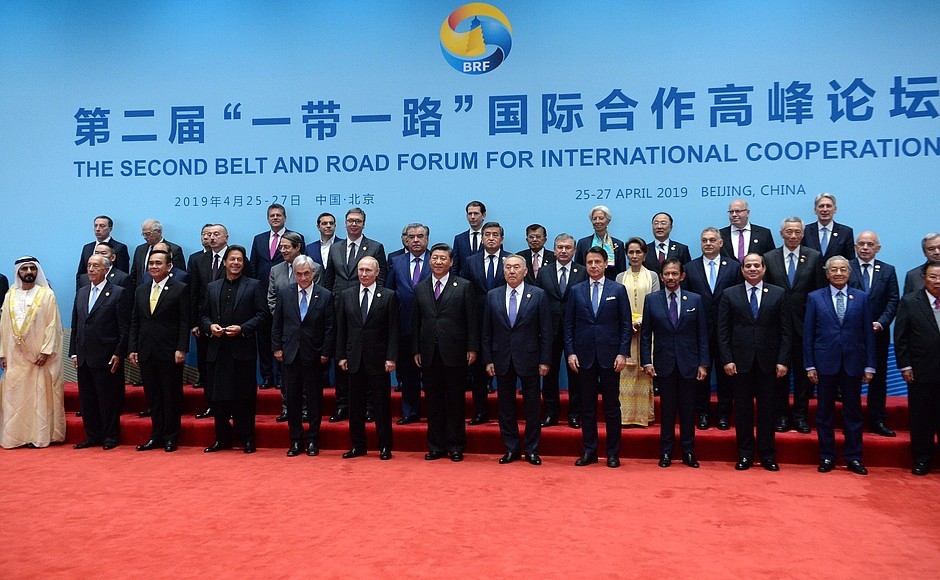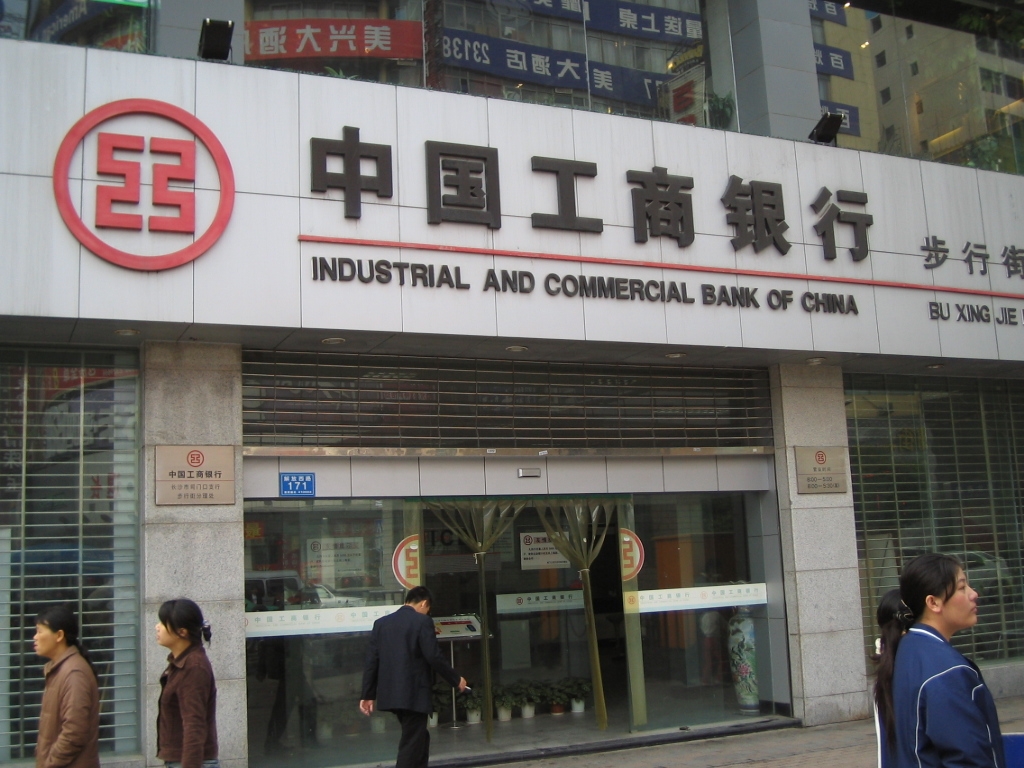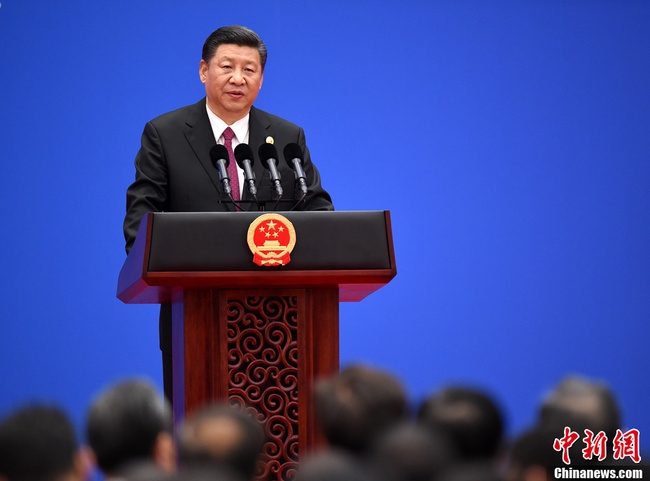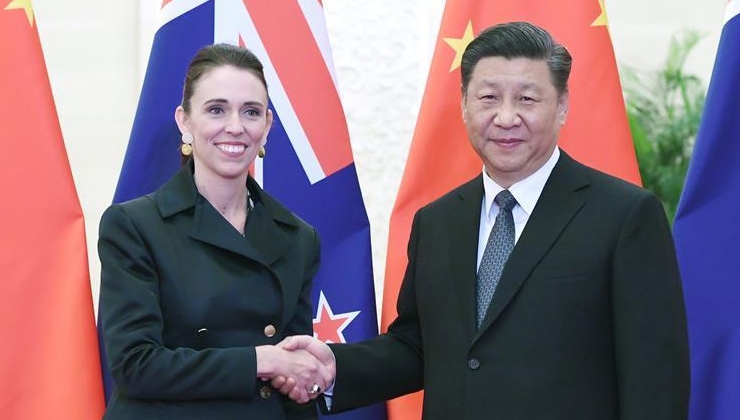
China’s win win is working, with its successful Belt and Road Initiative
Chinese President Xi Jinping (R) meets with New Zealand Prime Minister Jacinda Ardern at the Great Hall of the People in Beijing, capital of China, April 1, 2019. (credit: Xinhua/Rao Aimin) via Belt and Road Portal
 China's Belt and Road Initiative (BRI) is Chinese President Xi’s signature foreign policy plan and is one of the most ambitious infrastructure and investment efforts in history. The BRI began in 2013 to boost trade through investment in ports, power plants and other infrastructure in more than 140 countries from Asia to Europe and Africa. Beijing hosted the first Belt and Road forum in May 2017 with participation from more than 100 countries and will host a second BRI summit in April 2019 in Beijing.
China's Belt and Road Initiative (BRI) is Chinese President Xi’s signature foreign policy plan and is one of the most ambitious infrastructure and investment efforts in history. The BRI began in 2013 to boost trade through investment in ports, power plants and other infrastructure in more than 140 countries from Asia to Europe and Africa. Beijing hosted the first Belt and Road forum in May 2017 with participation from more than 100 countries and will host a second BRI summit in April 2019 in Beijing.
As the Chinese prepare to host the Second Belt and Road Forum in Beijing on April 25-27 under the theme "Belt and Road Cooperation, Shaping a Brighter Shared Future,” BRI participant countries are reflecting on the prosperity this global project has brought to their nations a mere six years after China launched it back in 2013.
Since then, 126 countries and 29 international organizations have signed cooperation agreements with China to jointly build the Belt and Road with the total trade volume between China and participating countries surpassing 6 trillion U.S. dollars and investments exceeding 80 billion U.S. dollars. Global BRI cooperation between China and participating countries has created nearly 300,000 jobs.
The China Belt and Road Initiative (BRI) is the most ambitious foreign policy and infrastructure effort in history. The “belt” refers to railroads that will connect China with participating countries via the same historical Silk Road trading routes that connected China and central Asia to Europe and the Middle East.
The “road” refers to maritime routes and ports that will be present along the South China Sea, the Indian Ocean and the South Pacific. The project was first put forward by Chinese leader, Xi Jinping during a speech at Nazarbayev University in Kazakhstan in 2013 and was then promoted to other countries by the Chinese Premier, Li Keqiang.
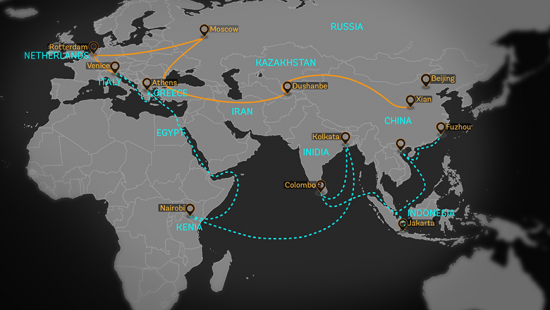
The goal of the BRI is to boost trade and create a vast network between more than 140 countries from South-east Asia to Eastern Europe and Africa, which accounts for more than half of the world’s population and a quarter of global Gross Domestic Product (GDP). The result of this initiative would enhance the trading routes and investments between China and the participating countries.
The BRI is composed of a series of infrastructure projects, some new, while others began before 2013 but are now fully supported through the BRI process. The outcome of the BRI initiative will result in six trade corridors and includes, railways, highways, pipelines, port facilities and fibre optic networks. Some of the completed projects include a new railway linking China with Laos and Thailand, a high-speed railway in Southeast Asia, and the building of the longest-distance freight train service for the Eurasian continent. BRI participant countries have also made historical steps forward. The Maldives has its first inter-island bridge, East Africa has its first motorway, Belarus is able to provide passenger vehicles and a once landlocked Kazakhstan is now connected to the sea.
Thousands of delegates from over 130 countries including 37 heads of state or government will descend on Beijing next weekend to attend the Second Belt and Road Forum. This includes leaders from Austria, Egypt, Italy and Laos. France, Germany, the UK, Spain, Japan, South Korea and the EU are sending high-level representatives to the forum. Participants will discuss BRI accomplishments to date and the future of the initiative. Analysts have noted that Chinese investment banks, international financial institutions and participant countries financial support for the BRI already surpassed 1 trillion U.S. dollars.
The second forum follows the successful First Belt and Road Forum for International Cooperation held in May 2017, which welcomed participants from more than 100 countries who developed a roadmap for future cooperation that targeted five key areas: policy, infrastructure, trade, finance and people-to-people connectivity. This year’s focus is on practical cooperation with a special conference specifically for BRI business community participants.
Chinese President Xi Jinping will attend the opening ceremony and deliver a keynote speech. It is expected that he will talk about the BRI as a clean road for cooperation, prosperity, openness, green development and for what he has referred to previously as a “win-win” outcome that benefits people of all countries. The Chinese have extended a hand to North American countries to participate in the project and have also said they would welcome the United States participating in BRI projects as it opens the door to greater bilateral collaboration.

